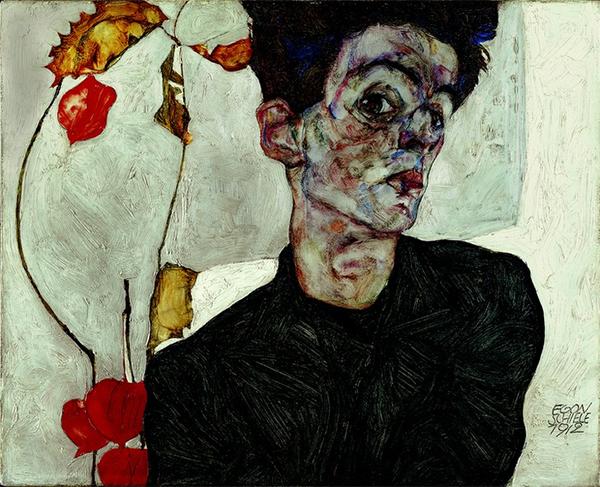The term “starving artist,” is a stereotype! As we know, most true artists must create, it is their life’s blood. The act of creation is part of their make-up rather than just a nine to five profession. Sadly many of history’s greatest artists have infamously lead lives of poverty.
Here are10 famous highly-skilled artists who suffered rejection, negative criticism, angst and subsequent poverty during their lifetime. Many of them gained recognition during their lives, but died without a pot to piss in, leaving an artistic legacy that still resonates at Christie’s and Sotheby’s.

